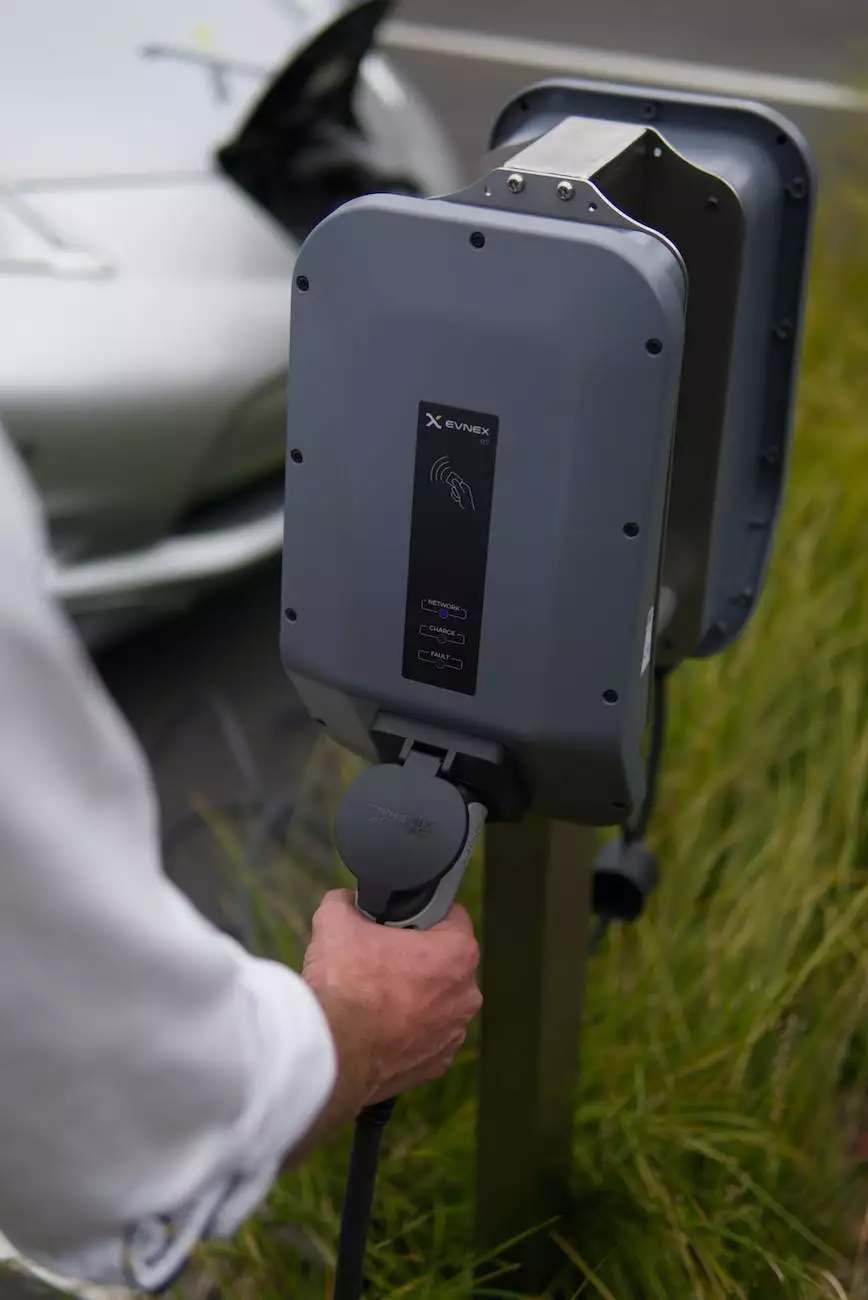ADAS Technology: EV's, AV's and Robo-taxis, What's Next?

Welcome to The Power Window Doctors' industry insight page, where we delve into the fascinating world of automotive technology. Today, we are exploring the innovative advancements in Advanced Driver Assistance Systems (ADAS) and the future of transportation - electric vehicles (EVs), autonomous vehicles (AVs), and robo-taxis. Join us as we unravel the possibilities and glimpse into the future.
The Rise of ADAS Technology
The automotive industry has witnessed remarkable advancements over the years, and one of the most significant breakthroughs has been the emergence of ADAS technology. ADAS encompasses a range of systems that assist drivers in controlling their vehicles, enhancing safety, and improving overall driving experience.
ADAS technology utilizes sensors, cameras, radar, and other sophisticated systems to provide features such as adaptive cruise control, lane departure warning, blind-spot detection, and automatic emergency braking. These systems work in harmony to mitigate the risks associated with human error and reduce the number of road accidents.
The Electric Revolution: EVs
Electric vehicles, or EVs, have gained tremendous popularity in recent years. With a focus on reducing carbon emissions and achieving sustainable transportation, EVs have become an integral part of the automotive industry's future. EVs are powered by rechargeable batteries and have zero tailpipe emissions, making them more environmentally friendly compared to conventional internal combustion engine vehicles.
The advancements in battery technology have significantly improved the range and performance of EVs. Major automotive manufacturers are investing heavily in the development of EV technology, resulting in more affordable and accessible electric vehicles for consumers. Furthermore, the establishment of extensive charging infrastructure is making EVs a viable option for daily commutes and long-distance travel.
Driving Autonomy: AVs
The rapid progress in artificial intelligence and machine learning has led to the development of autonomous vehicles, or AVs. These vehicles are equipped with advanced sensors, cameras, and AI algorithms that enable them to navigate and operate without human intervention. AVs have the potential to revolutionize transportation by increasing road safety, improving traffic flow, and providing mobility solutions for individuals who are unable to drive.
However, the adoption of AVs is not without challenges. Regulations, ethical considerations, and the need for robust cybersecurity measures are critical factors to ensure the safe integration of AVs into our roadways. Despite these challenges, the industry is actively working towards creating a future where AVs coexist with conventional vehicles, delivering a more efficient and sustainable transportation system.
The Promise of Robo-taxis
Robo-taxis, an extension of AV technology, promise a revolutionary shift in the way we perceive transportation. These autonomous taxis will provide on-demand and shared transportation services, eliminating the need for private car ownership. With robo-taxis, users can book a ride using a smartphone app and be transported to their destination without the need for a human driver.
This disruptive technology has the potential to redefine urban mobility by reducing traffic congestion, improving air quality, and optimizing the use of vehicles. Furthermore, robo-taxis can enhance accessibility for individuals who are unable to operate a vehicle due to age, disability, or other constraints.
The Future is Here
As we look toward the future, it is evident that ADAS technology, EVs, AVs, and robo-taxis will play a significant role in shaping the automotive industry. The Power Window Doctors are committed to keeping you updated with the latest industry insights and technological advancements.
Stay tuned as we continue to explore the exciting possibilities and provide you with the knowledge to navigate the ever-evolving world of automotive technology.









